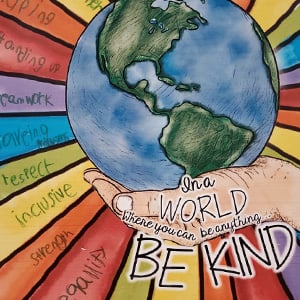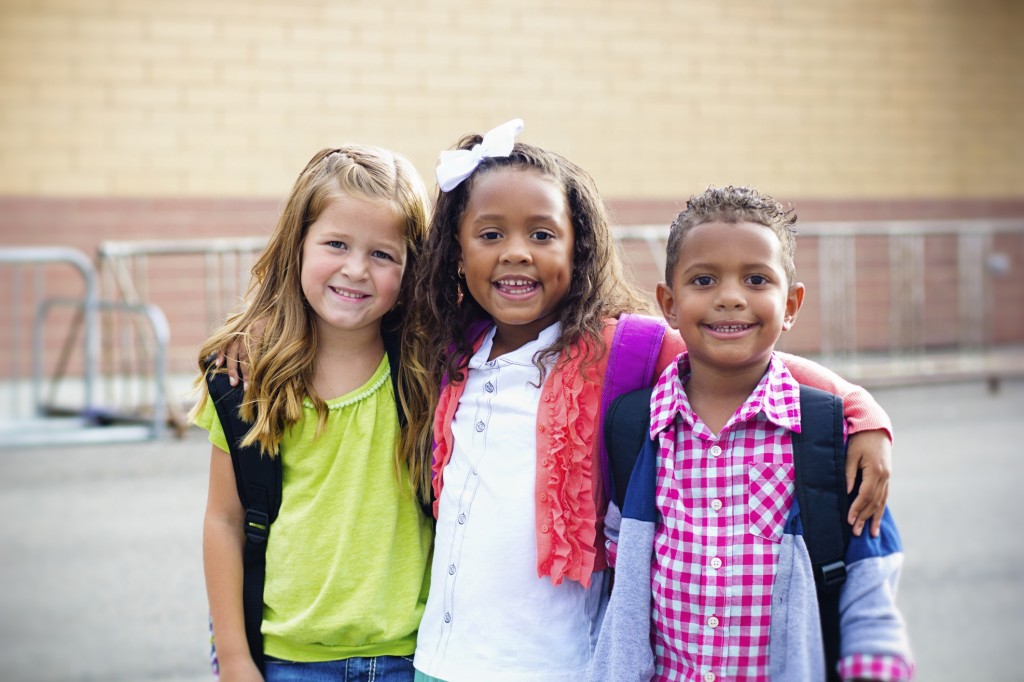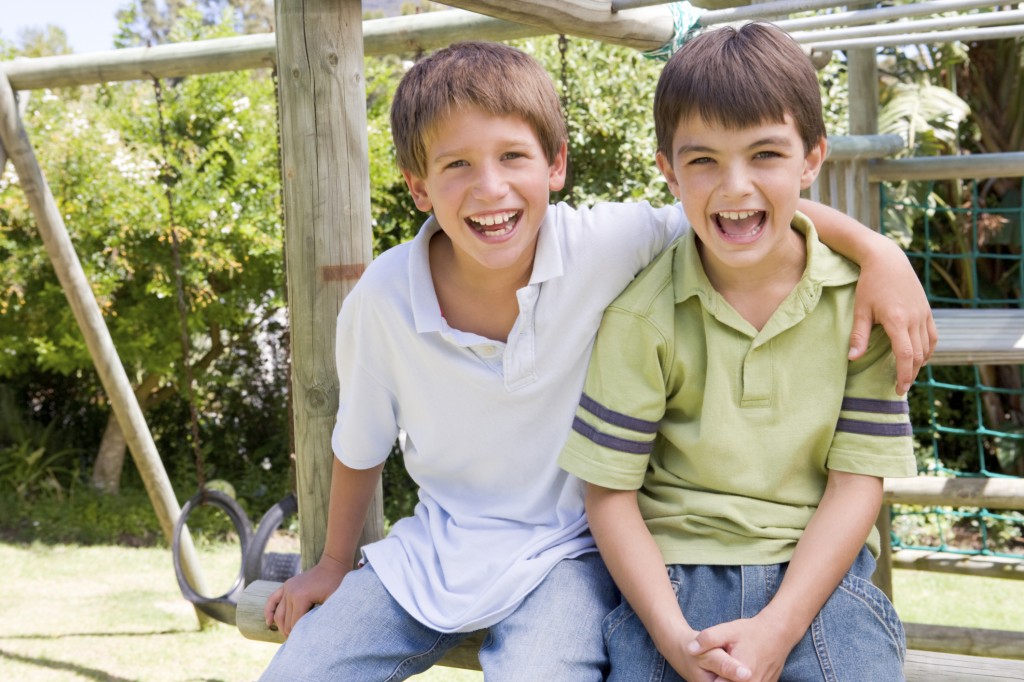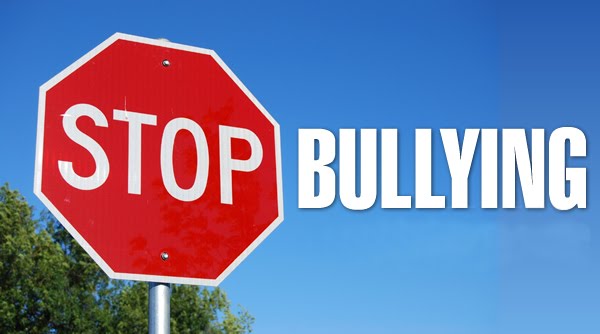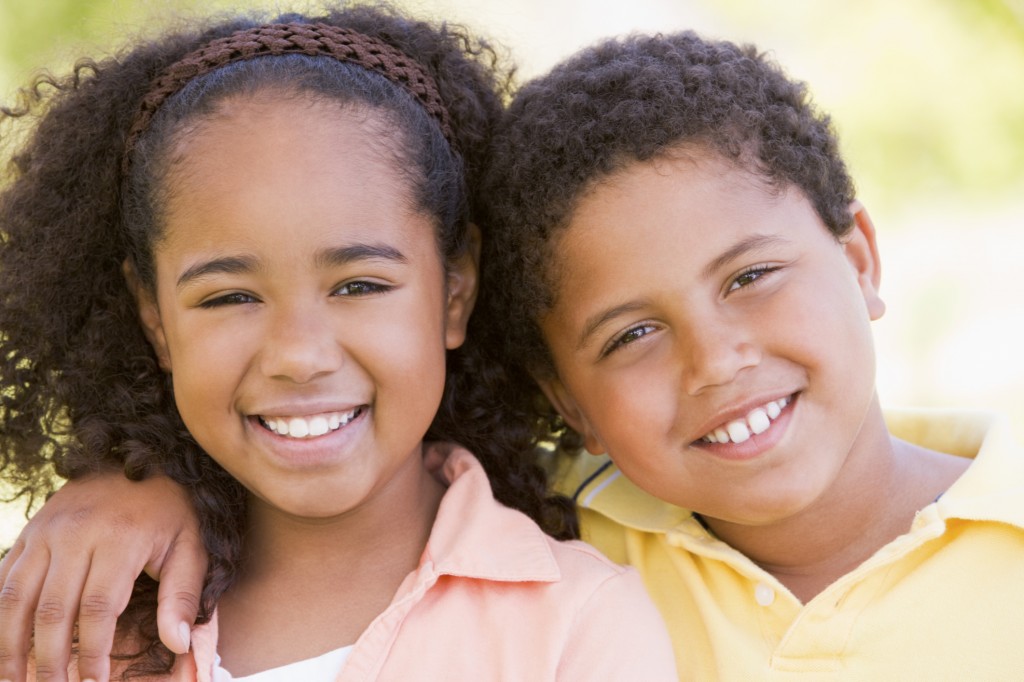Believe it or not, you can teach your child how to be an effective and empathetic support to their peers experiencing bullying. Here are five ways you can foster the notion within your child that he or she can be a champion for change and help prevent bullying.
- Communication starts in the home. Bullying can be a difficult topic to bring up with your child, but if you establish a foundation of trust with your child, they will be more likely to share their positive and negative experiences at school. When you make them feel safe and heard, they may begin to make their peers feel that way in kind.
2. Being a safe bystander. When children witness bullying, it can affect them too, even if they don’t directly engage in the situation. Help your child understand how he or she can help their classmate by offering to listen to their feelings or tell a teacher what’s going on, without getting directly involved.
3. Respond intentionally to conversations around bullying. When your child brings bullying to your attention, you can help them learn how they should respond, by being intentional with your response. Listen to him or her, ask questions that illicit a thoughtful response, and try to share how you feel he or she can act the next time they experience something similar.
4. Raise awareness. If your child is consistently sharing instances of bullying, share with him or her the ways they can safely take action, and reach out to adults closer to the situation to inform them of what you are being told. Raising awareness in your child about how to react, and within your community about the issue, is more likely to solve problems that prevent future bullying.
Visit StopBullying.gov for more helpful tips on how to prevent bullying, and have a great school year!
If you would like to learn more about bullying, contact Simple Acts of Care and Kindness at 866-459-7225 or visit www.simpleacts.org for additional information.

